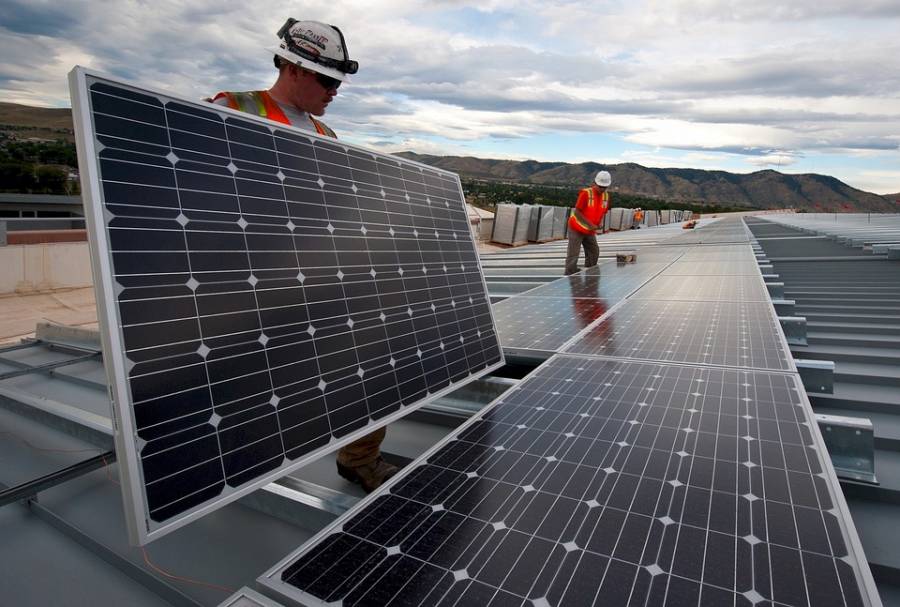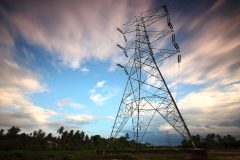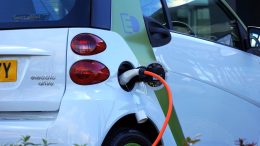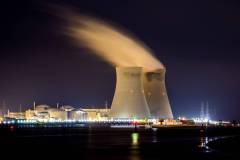Over the past 10 years, rooftop houses with solar panels have evolved from curiosity to a common phenomenon. This technology has been available for decades – astronauts have been using solar-powered satellites since 1960, and in the Second World War, passive solar heating systems, which convert solar energy into heat instead of electricity, have been used in U.S. homes.
However, the introduction of active solar systems as a consumer good turned out to be an issue. Active solar energy uses photovoltaic panels to convert sunlight into electricity, and this has traditionally been a prohibitively expensive technology.
The advantages of solar-powered residential buildings are obvious: solar energy is infinite (at least for the next 5 billion years approximately), provides clean energy without emitting greenhouse gases, that may save people’s money on their electricity bills.
But there are factors to consider when deciding on solar energy – and the cost is just one of them.
In this article, I will consider 6 of the most important issues that need to be addressed when you think about investing in solar panel installation. The use of photovoltaic energy is a very “green” solution and a potentially useful step, but it is not as easy as getting energy from a conventional power grid.
Solar Panels Installation. The first factor is the one that you, perhaps, weren’t even considering:
-
Maintenance
Turning your home into a solar energy station requires more than using a conventional old power grid. But not much.
Solar panels have no moving parts. They are a part of a complete stationary system. So, once they are installed, there aren’t many things that can go wrong. Almost the only one a house owner should do is to keep the panels clean. That’s important because too much snow, dust and bird droppings on the panels can reduce the amount of sunlight. Dust accumulation on the screen can reduce the amount of electricity produced by the system by as much as 7 %.
There’s no need to do this once a week, though. It is sufficient to water the panels with a hose once to four times a year. You don’t have to climb on the roof to do this. The hose with a nozzle works perfectly from the ground. If there is construction work in your area, you need to clean the panels more often to avoid additional dust accumulation of building debris.
Also, periodically check that all parts are in working order. You need to replace the batteries as well, but this is once a decade.
-
Surroundings
The location of your house has a great impact on your solar energy efficiency. It’s an obvious problem – if your electrical power depends on sunlight, things like tall tree shadows and high building shadows will be a drawback.
This is an even bigger issue than some people realize. Different types of panels differently react to shadows. While polycrystalline panels can significantly reduce the output of electricity, any part of shading on a mono-crystalline panel will stop electricity production completely.
Thus, to build a solar-powered house, it is necessary to make sure that there is no shade on the roof panel during sunshine hours per day (usually from 10 a.m. to 2 p.m.) and preferably during all solar hours. The more hours the panels are exposed to full sunlight, the more efficient the production of electricity will be.
Achieving the greatest efficiency can mean trimming or completely removing trees on your site. If your home is surrounded by high-rise buildings that block the sun, you should pull them down too 🙂 If you can’t do that then that’s a big problem.
-
Insolation
Sunlight is obviously the key when it comes to solar energy, and not all regions have equal conditions in this regard. It is important to know how much sunlight reaches the ground in the area where your potential solar home is located.
What we are talking about here is called “insolation”, a measure of how much solar emission will fall to the ground in a given area over a given period of time. This is usually measured in kWh / m2 / days and it will show you how much sunlight will be available for your solar panels to turn into electricity. The higher the insolation value in your region, the more electricity each of your panels will be able to generate. A high insolation value means that you can get more energy from smaller panels. A low value means that you might end up spending more to achieve the same output power.
So you have to build your solar home in the southwest, not the northwest? Far from it. This simply means that you will probably need more panels to achieve the same output power.
-
Coverage
Contrary to what most people think, the size of a solar power plant has nothing to do with the size of a house. Instead, only 2 parameters should be considered:
- insolation which we have just discussed;
- the amount of energy you need.
To get a very rough estimate of how big the system you need should be, look at your electricity bill and find out how much kWh you use per day.
The average house uses around 900 kWh per month or around 30 kWh per day. Multiply this by 0.25 and get 7.5, so we need a 7.5 kW system.
A typical solar panel produces up to 120 watts or 0.12 kW per day. To provide 7.5-kW, you need about 62 panels. One panel can be about 142 x 64 cm, so that the 62 panels will occupy about 65 square meters.
You should also consider the insolation and how many hours of sunshine peak-hours you get per day, make adjustments if you use rechargeable batteries with the panels as well. Therefore, it is best to contact a professional.
-
Costs
In 1956, solar panels cost about $300 per watt. The 7.5 kW system could only be afforded by the very rich.
Today, prices have fallen significantly. In most areas, solar panels operate at around $3-5 per watt. You will pay closer to $3 if you install it yourself, and closer to $5 if you have professionals to do so. For 7.5-kW or 7500 watts panels, you could pay from $22,500 to $37,500.
If you need less electricity, of course, the number gets lower. If you only consume 600 kWh per month or 20 kWh per day, you could install a system with a capacity of up to 5 kW which would cost around $15,000.
Of course, you could partially supply the house with solar energy. If you want to invest $10,000 in solar panels, you can add electricity from the grid with a 1.5-kW solar system.
However, tens of thousands of dollars for solar panels are still quite exorbitant, especially since it can take decades before the money is redeemed.
You can rent them (the panels), though. There are no advance payments. Homeowners pay a monthly rent for the use, and the rental company owns and supports them.
-
Recycling
The service life of solar panels is 40-50 years, the controller and inverter – 15-20, batteries (depending on their type and usage) – 4-10 years.
Although the issue of disposal of solar panels remains open, only 30% of all manufacturers take them back for recycling. But nevertheless, the demand for spent solar panels is growing every year. As extraction of rare metals becomes more and more expensive, and processing of the panels will lead to their reuse.
In addition, there is a secondary market for photovoltaic and wind-electric sets, where already used equipment can be further used.
In countries in transition, former solar modules can be used. Due to the more intense solar emissions, these modules can produce more electricity. An example of this is the second solo project – an online platform for the purchase and sale of used modules.
Thanks to The Home Dweller for Image.










